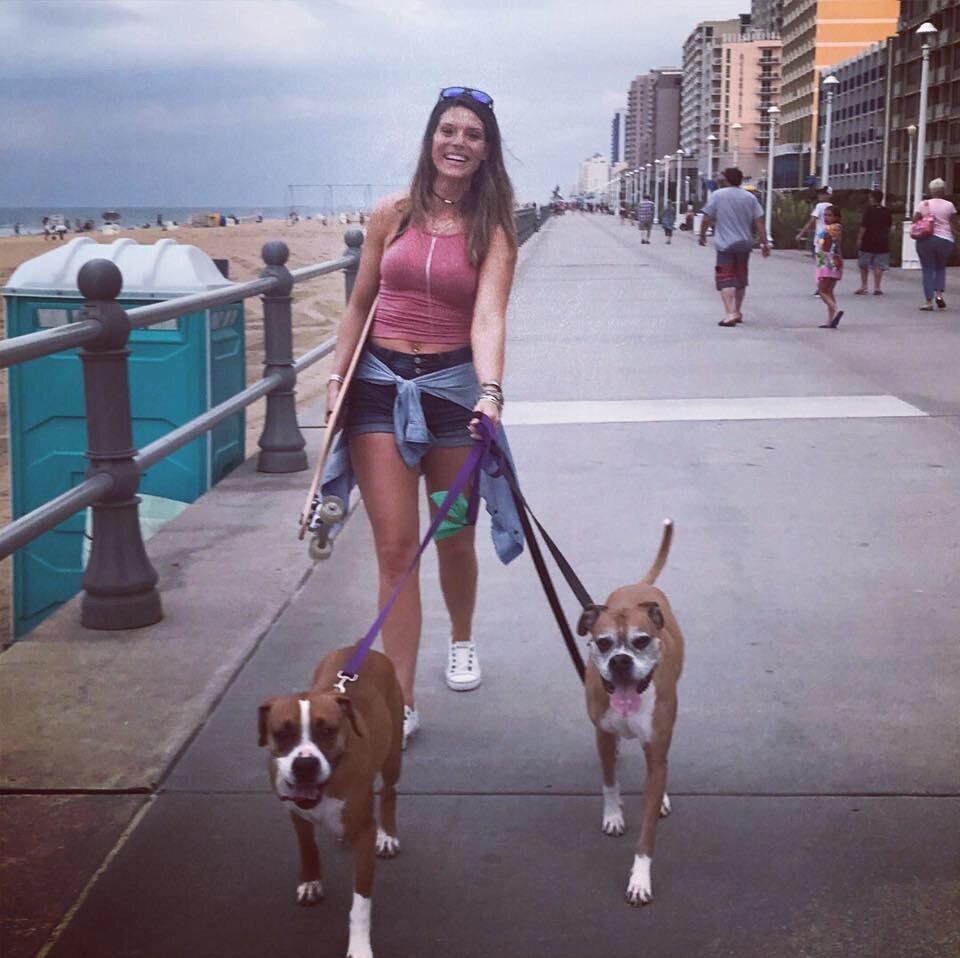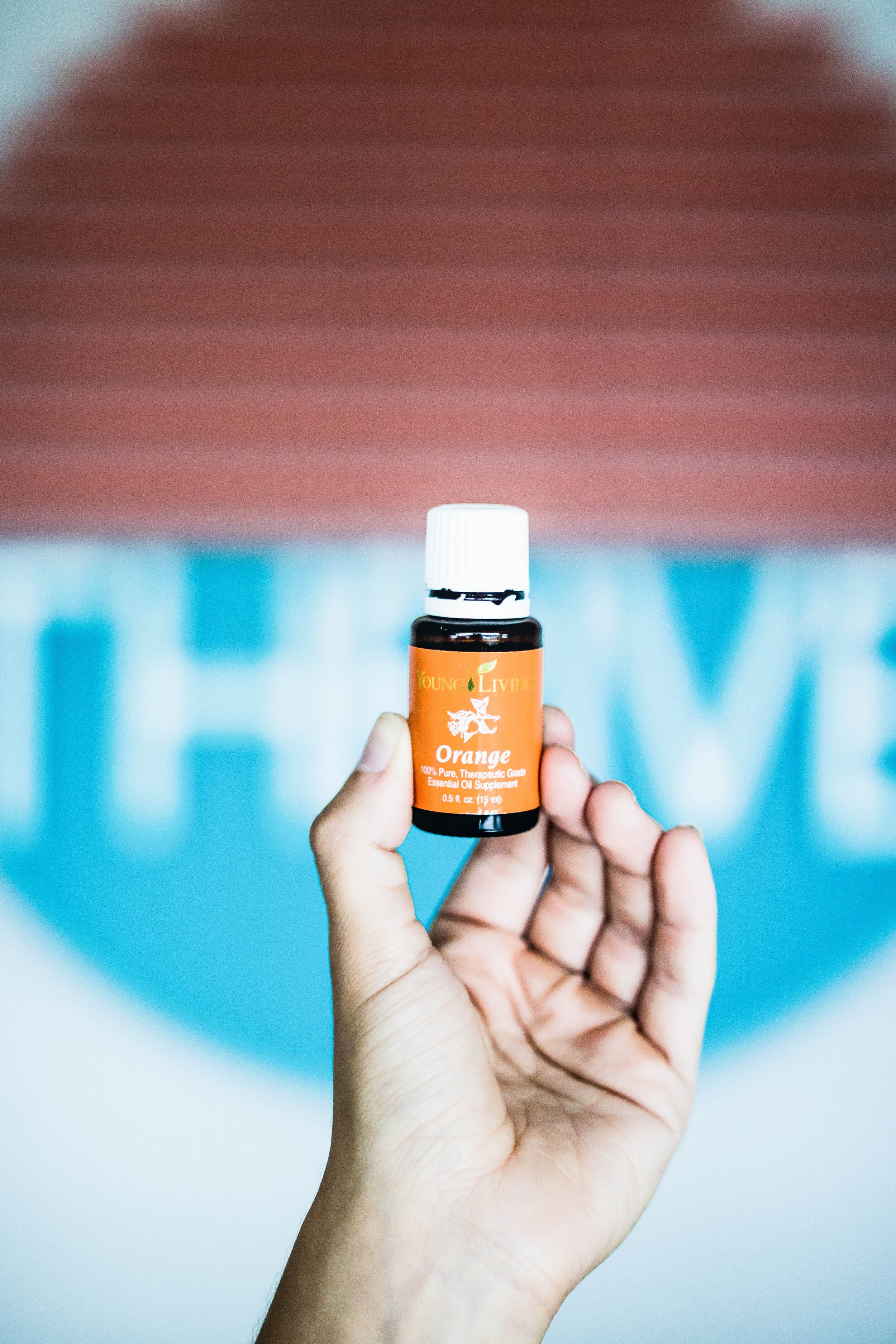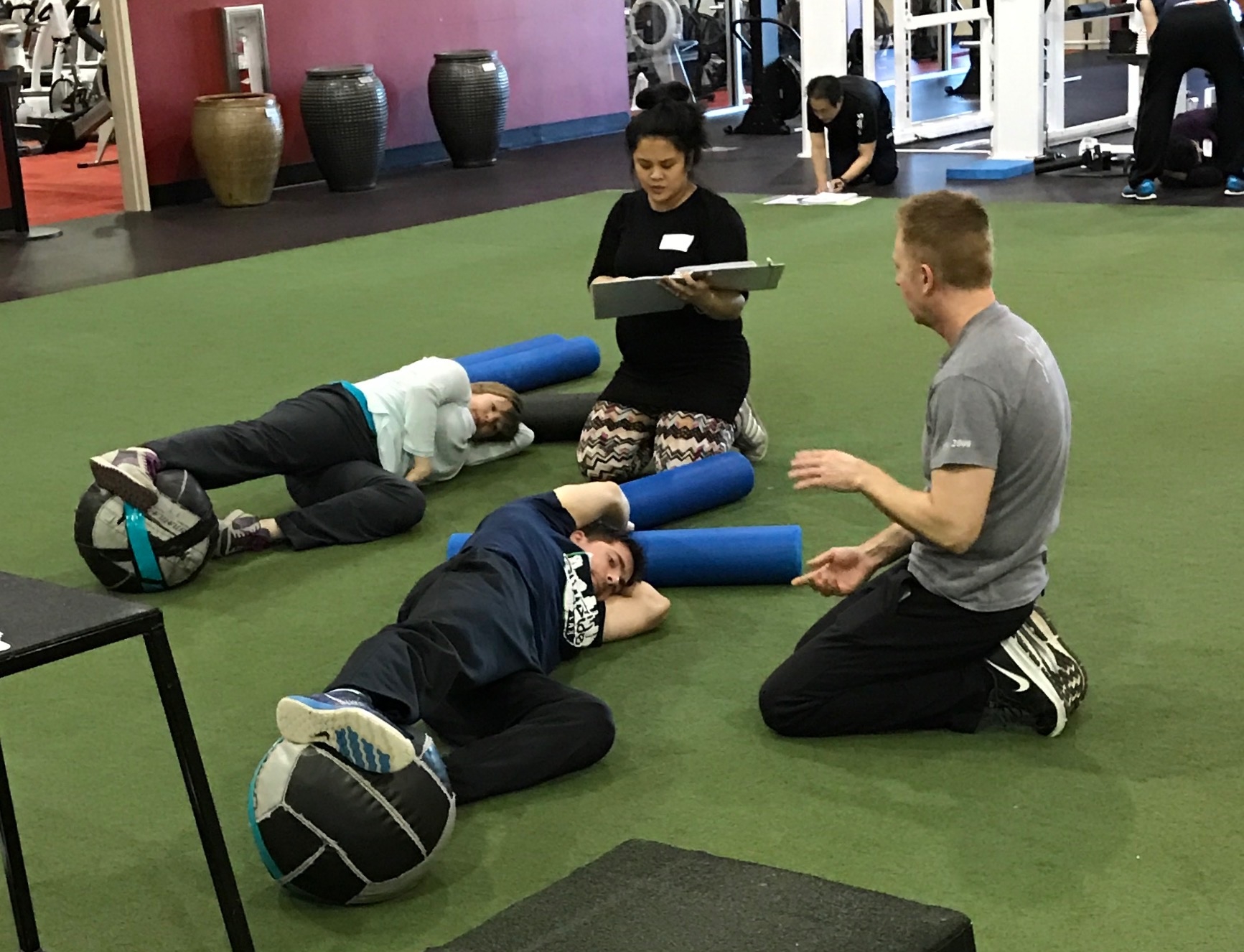Every runner wants to win the injury prevention race, whether it is the runner just starting out, the casual runner or the competitive runner. It seems that with all the advancements in training methods, shoe wear, research and even medicine we think we have found the answer. One thing has become clear to us, through all of the different efforts, there is no magic trick to preventing running injuries. We have evolved and decided to accept that injury prevention has to be comprehensive and takes work. Combining classic ideas with innovative approaches based on biomechanics, we feel best prepared to help runners maximize performance and minimize injury risk. Here are our tips to help you prevent injury:
TRAIN SMART
Avoid the “Terrible Toos”. That is don’t do “too much, too soon, too fast”. Strive to be a well rounded athlete. Incorporate a dynamic warm up, single leg balance activities, and various cross training variables that allow you to vary patterns and experience multiple muscles chains and planes of movement for your neuromuscular system. Test your neuromuscular mobility by seeing if you can fully squat. With your feet shoulder width apart, squat down until your knees are maximally bent so your hips rest below your knees. Rest your hands on top of your knees and attempt to keep your bodyweight through your heels. Your back should be relaxed and rounded. If you cannot squat you have too much neuromuscular tone throughout your body which can lead to injury. Maintaining the ability to fully squat keeps adequate mobility through your spine, hips, and ankles.
DON’T GET “DEAD BUTT SYNDROME”
Get connected with your pelvis, meaning you need to have an awareness of what is going on with your hips, how you hold your pelvis, and the muscles that are firing around it. It’s important to keep adequate flexibility in your hip flexors to allow full use of your core and to engage your glutes during the running stride. Never sacrifice good mechanics for speed. When you get dead butt syndrome, its easy to start pulling though your stride which brings us to our next tip…
DON’T OVERSTRIDE
Overstriding is reaching forward and landing in front of your torso. This leads to a more forceful heel strike, braking and a loss of momentum. Instead stride out naturally with your legs behind your center of gravity. Use your glutes and hamstrings to “push and power” through your stride.
LEARN TO ROTATE THROUGH YOUR RIBCAGE NOT YOUR LOWER BACK
Rotation and arm swing during the running stride is driven by reciprocal and alternating pelvic and thoracic rotation. Be sure your elbows drive behind you as your rotate through your torso without over arching your lower back.
BE AWARE OF YOUR POSTURE
Place one hand on your belly button and the other on your breast bone. Keeping your weight equally distributed through your forefoot and heel and without moving our belly button hand, bring your breast bone forward until your weight is balanced over your hips. This slight lean forward will help you keep your abdominals engaged while you run. Don’t allow your pelvis to lead in front of your breast bone because you will tend to overarch your lower back and set up a negative chain reaction of using extension muscles to propel you forward. Standing up straight using your back muscles alone is not good postural practice.
You can also stand more erect by scooping your tailbone forward and using your hip extensors to get your pelvic floor underneath of you. This will help your body push forward and keep you gluteal engaged.
VALUE GOOD FOOTWEAR
Look for shoes with a stable heel counter and good arch support. The minimalist shoe trend does not provide compelling evidence that minimal shoes will reduce injury. We have seen some runners have positive transformative experiences, while others get hurt and disappointed. Understand that the foot is the end of a big kinetic whip (the leg) and that foot strike is the end result of many other things happening farther up the kinetic chain. You want a shoe that fits your unique shape, posture, and biomechanics.
LISTEN TO YOUR BODY
Injury prevention is multifaceted. A history of injury, an anatomic issue, plus a training error and/or the wrong shoes can all contribute to injury. Research has shown that strengthening alone without retraining movement patterns does not alter mechanics. Conscious, mindful running with a focus on gait mechanics, body sensing, postural control and movement patterns is a valuable tool and takes commitment and practice. Pain is there for a reason; do not ignore it. Team up with a running coach and/or a sports physical therapist that specializes in biomechanics and movement analysis to evaluate your body and help you improve your form and muscle balance.


















































